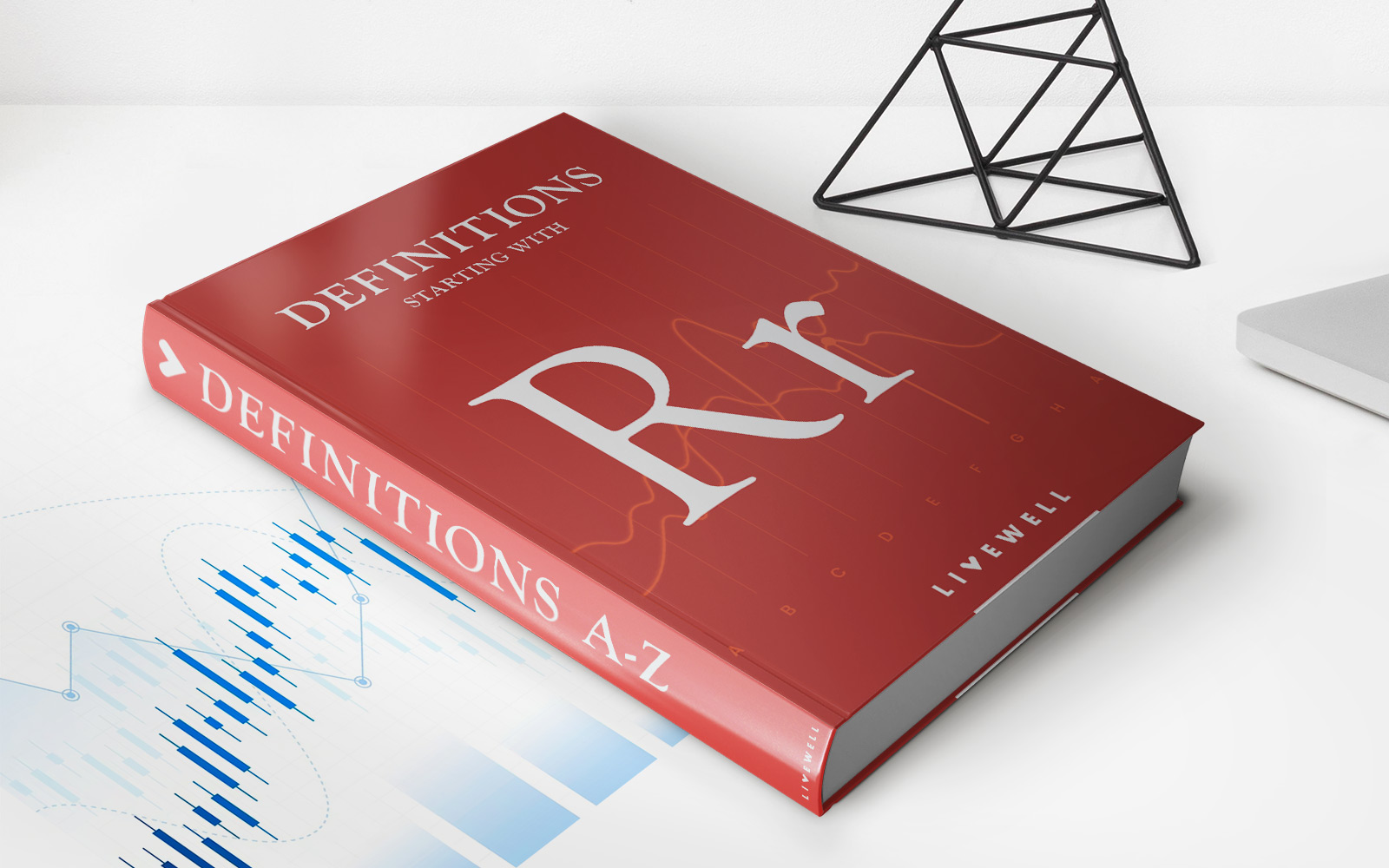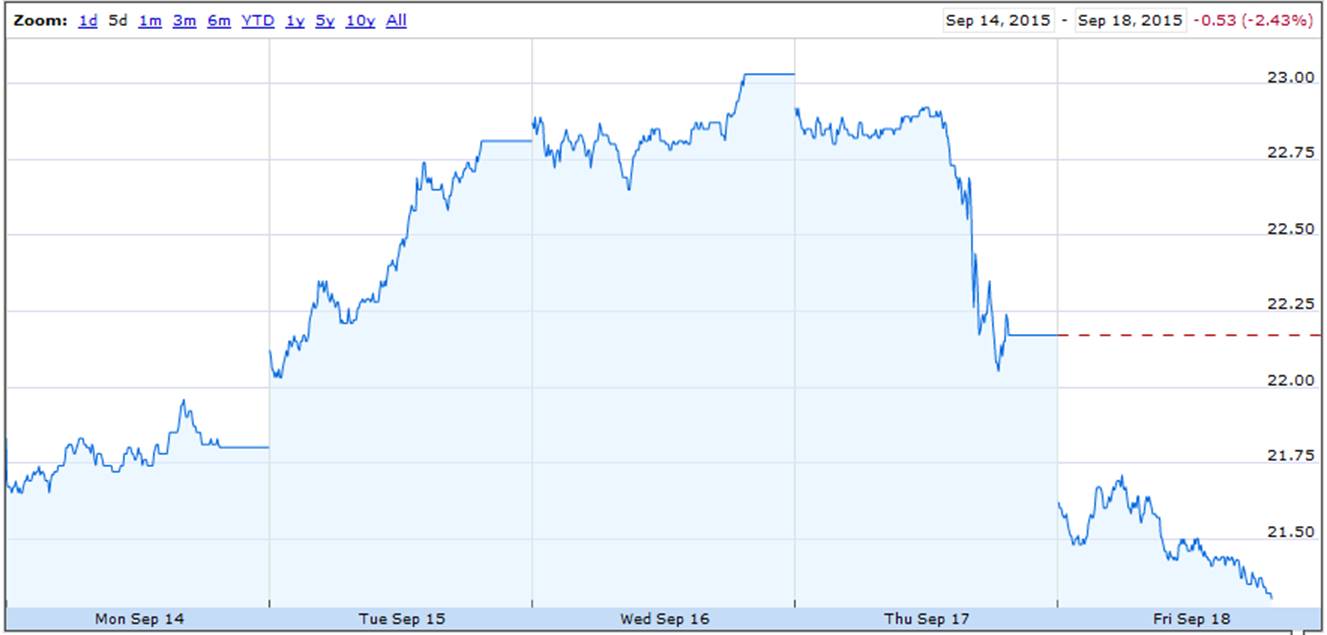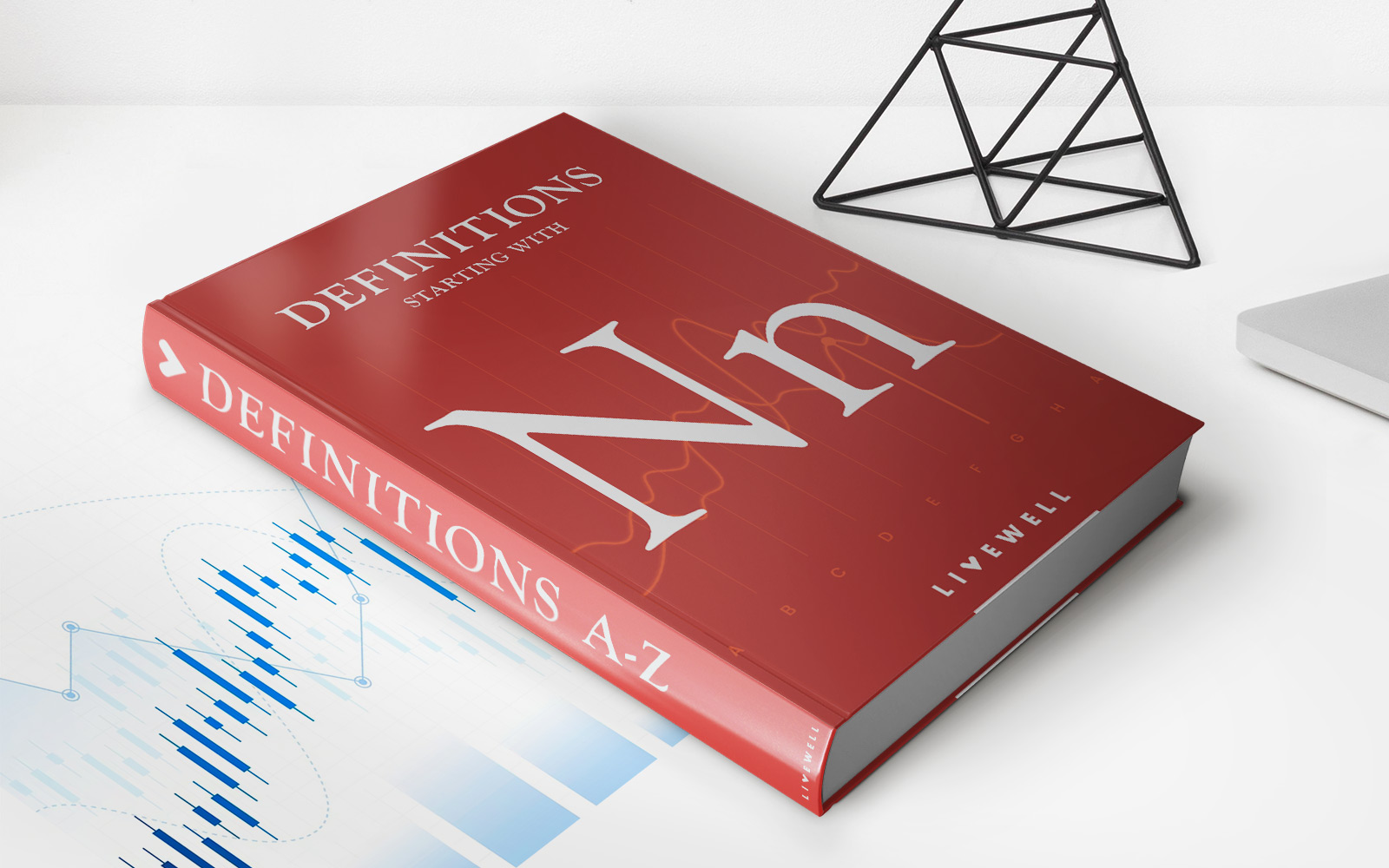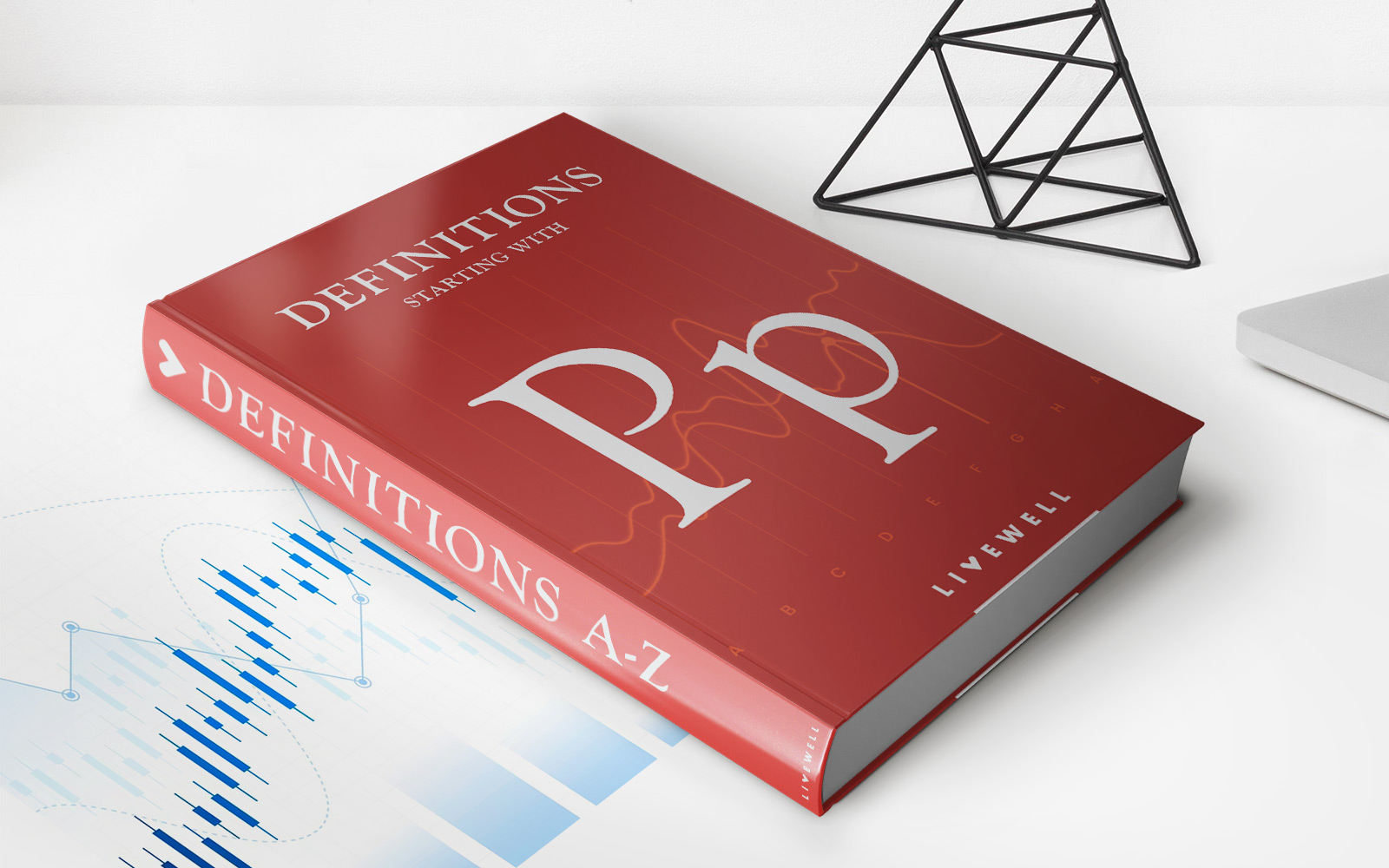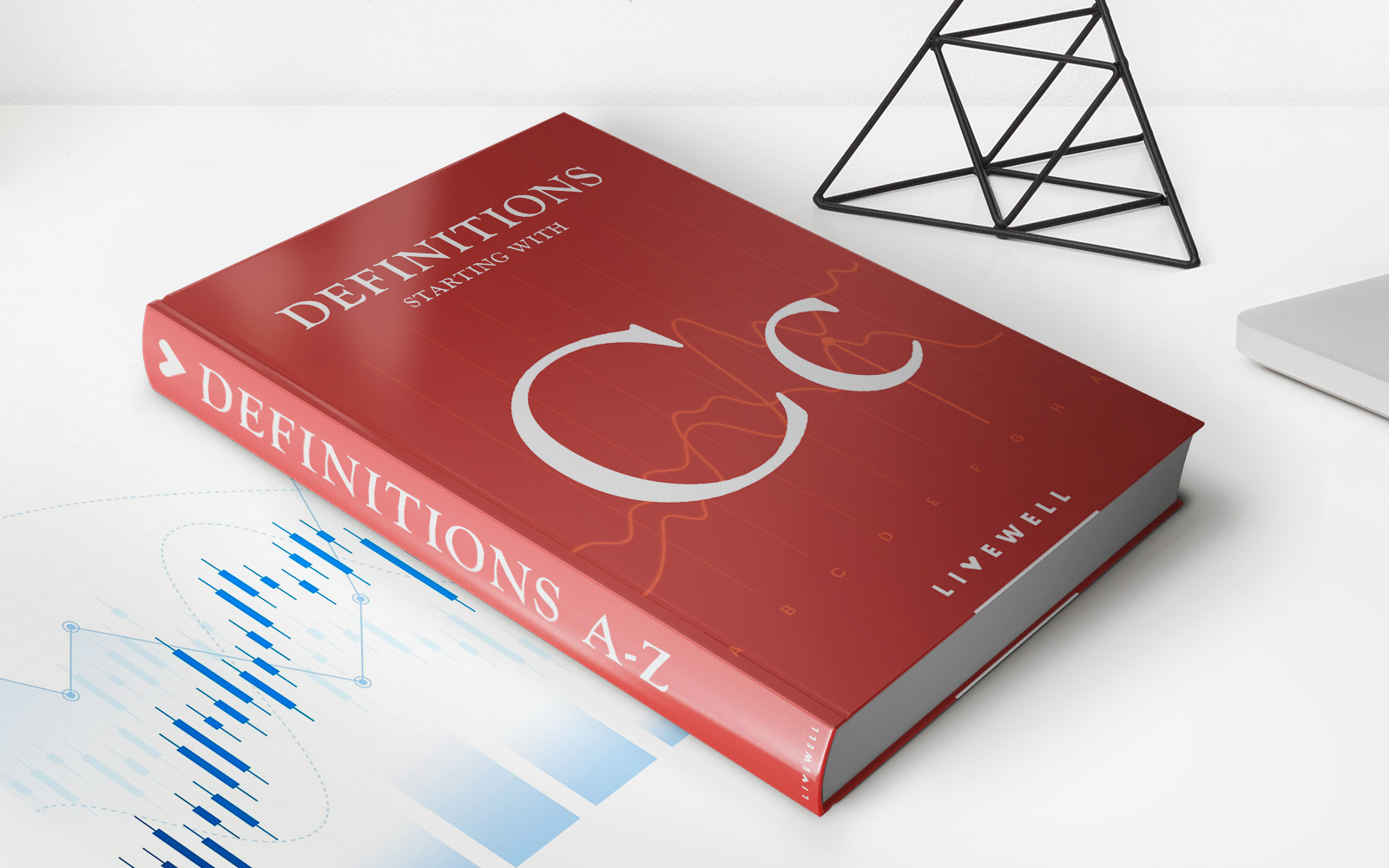

Finance
Comparative Interest Rate Method Definition
Published: October 30, 2023
Learn about the definition of Comparative Interest Rate Method in finance. Gain insights into how it impacts financial decisions and strategies.
(Many of the links in this article redirect to a specific reviewed product. Your purchase of these products through affiliate links helps to generate commission for LiveWell, at no extra cost. Learn more)
Comparative Interest Rate Method Definition – Maximizing Your Financial Gain
Gaining a solid understanding of interest rates is paramount when it comes to managing your personal finances. To make informed decisions about borrowing and saving money, you need to comprehend how different interest rates affect your financial goals. One effective method of evaluating interest rates is the Comparative Interest Rate Method. In this blog post, we will delve into the definition of the Comparative Interest Rate Method and explore how it can help you maximize your financial gain.
Key Takeaways:
- The Comparative Interest Rate Method allows you to compare and evaluate different interest rates to determine which option is most beneficial for your financial goals.
- By understanding the Comparative Interest Rate Method, you can make informed decisions about borrowing, investing, and saving money.
So, what exactly is the Comparative Interest Rate Method? It is a technique used to analyze and compare interest rates offered by various lenders or financial institutions. Whether you are searching for a loan, depositing money in a savings account, or planning to invest, this method can help you determine the best option available.
Here are some key points to help you understand the Comparative Interest Rate Method better:
- Step 1: Identify your financial goal: Determine your objective for borrowing or investing money. Are you looking to buy a house, start a business, or simply save for a rainy day?
- Step 2: Gather information: Research and collect interest rates from various lenders or financial institutions. This can include banks, credit unions, online lenders, or different investment options.
- Step 3: Compare interest rates: Create a comparative analysis by comparing the interest rates of different options. This could involve calculating the annual percentage rate (APR), considering compounding, and understanding any additional fees or charges.
- Step 4: Assess other factors: While interest rates play a significant role, it is essential to consider other factors that may influence your decision. For example, the reputation and customer service of the institution, flexibility in repayment options, or the potential returns on an investment.
- Step 5: Make an informed decision: Based on your analysis, choose the option that aligns best with your financial goal and offers the most favorable terms and conditions.
The Comparative Interest Rate Method empowers you to make educated financial decisions with a clear understanding of the associated costs and potential gains. By critically evaluating interest rates using this method, you can select the option that maximizes your financial gain.
In conclusion, when it comes to managing your personal finances, the Comparative Interest Rate Method is a valuable tool. By comparing interest rates from different lenders or financial institutions, you can make informed decisions about borrowing, saving, and investing. With a comprehensive understanding of this method, you are better equipped to achieve your financial goals and secure your future.
